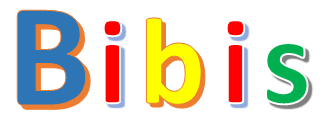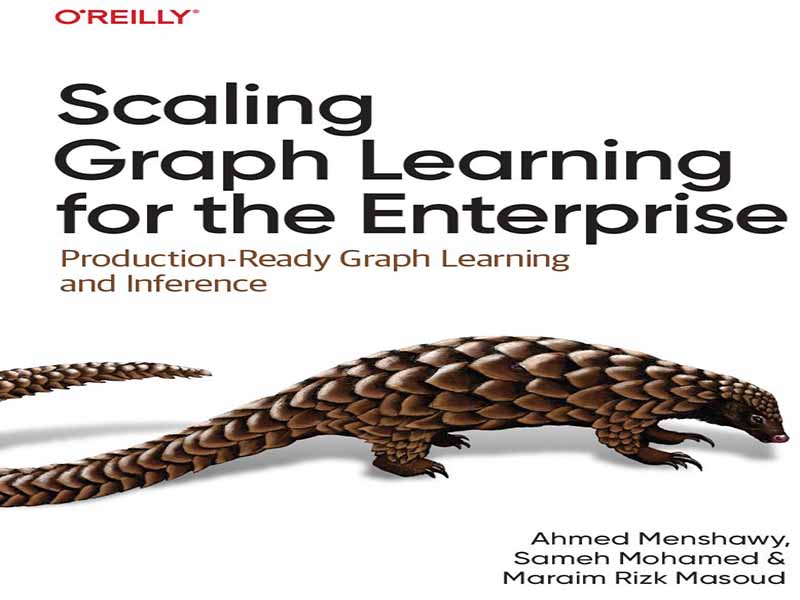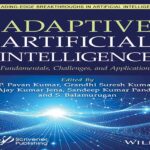- عنوان کتاب: Scaling Graph Learning for the Enterprise -Production-Ready Graph Learning and Inference
- نویسنده: Ahmed Menshawy, Sameh Mohamed
- حوزه: برنامهنویسی گراف
- سال انتشار: 2025
- تعداد صفحه: 369
- زبان اصلی: انگلیسی
- نوع فایل: pdf
- حجم فایل: 4.04 مگابایت
مخاطبان اصلی این کتاب شامل دانشمندان داده و مهندسان یادگیری ماشین هستند که میخواهند فراتر از آموزش یک مدل گراف تکبعدی عمل کنند و پروژههای علوم داده خود را با موفقیت به مرحله تولید برسانند. شما باید با مفاهیم اولیه یادگیری ماشین آشنا باشید و با حداقل یک چارچوب یادگیری ماشین (مثلاً PyTorch، TensorFlow، Keras) آشنا باشید. مخاطبان ثانویه این کتاب شامل مدیران پروژههای علوم داده، توسعهدهندگان نرمافزار و مهندسان DevOps است که میخواهند سازمان خود را قادر سازند تا پروژههای علوم داده خود را با فناوریهای گراف تسریع کند. اگر به درک بهتر چرخههای عمر یادگیری گراف خودکار و اینکه چگونه میتوانند به سازمان شما سود برسانند علاقهمند هستید، این کتاب مجموعهای از ابزارها را برای دستیابی دقیق به این هدف معرفی میکند. در هر فصل، مراحل خاصی را برای ساخت سیستمهای یادگیری گراف مؤثر معرفی میکنیم و نحوه کار آنها را با مثالهای عملی نشان میدهیم. فصل 1، “مقدمهای بر گرافها”، مروری بر ساختارهای گراف، کاربردهای آنها و دلیل قدرتمند بودن آنها برای مشکلات سازمانی ارائه میدهد. فصل 2، “خط لوله یادگیری ماشین گراف”، فرآیند سرتاسری ساخت، استقرار و نگهداری سیستمهای یادگیری ماشین مبتنی بر گراف را تشریح میکند. فصل ۳، «یادگیری ماشین سنتی برای گرافها»، به بررسی چگونگی تطبیق و اعمال تکنیکهای کلاسیک یادگیری ماشین بر روی دادههای گراف میپردازد. فصل ۴، «PyGraf: یادگیری و سرویسدهی گراف سرتاسری»، PyGraf، یک چارچوب عملی برای ساخت و سرویسدهی مدلهای یادگیری گراف در یک محیط عملیاتی را معرفی میکند. فصل ۵، «شبکههای عصبی گراف»، به مفاهیم و معماریهای بنیادی شبکههای عصبی گراف (GNN) میپردازد. فصل ۶، «تکنیکهای پیشرفته در یادگیری گراف»، روشهای پیچیدهتر یادگیری گراف و کاربردهای آنها را پوشش میدهد. فصل ۷، «شبکههای عصبی گراف مقیاسپذیر»، به چالشهای مقیاسبندی GNNها به مجموعه دادههای بزرگ و سازمانی میپردازد و راهحلها را مورد بحث قرار میدهد. فصل ۸، «کاربردهای سازمانی گرافها»، موارد استفاده دنیای واقعی یادگیری گراف در صنایع مختلف را با استفاده از تجربیات ما نشان میدهد. فصل ۹، «یادگیری گراف با حفظ حریم خصوصی»، به بررسی تکنیکهایی برای ساخت مدلهای گراف در عین رعایت مقررات سختگیرانه حریم خصوصی دادهها میپردازد. فصل ۱۰، «استنتاج گراف و استراتژیهای استقرار»، بر استقرار کارآمد مدلهای یادگیری گراف برای استنتاج بلادرنگ و دستهای تمرکز دارد. فصل ۱۱، «نظارت و حلقههای بازخورد»، در مورد چگونگی نظارت بر عملکرد مدلهای گراف مستقر و ایجاد مکانیسمهای بازخورد برای بهبود مستمر بحث میکند. فصل ۱۲، «روندهای آینده: یادگیری گراف و LLMها»، نگاهی به فناوریهای نوظهور، به ویژه تقاطع یادگیری گراف و مدلهای زبان بزرگ (LLMها) و تأثیر بالقوه آنها ارائه میدهد. همانطور که صفحات را ورق میزنید، سعی کنید به هر مجموعه داده جدید از طریق یک لنز ساده نگاه کنید: رکوردها چگونه بر یکدیگر تأثیر میگذارند و این پیوندها چه چیزی میتوانند به ما بگویند که ردیفهای منفرد نمیتوانند؟ این عادت اغلب جرقهای است که یک پیشرفت جزئی را به یک موفقیت بزرگ تبدیل میکند.
The primary audience for this book includes data scientists and machine learning engineers who want to go beyond training a one-off graph model and successfully productize their data science projects. You should be comfortable with basic machine learning concepts and familiar with at least one machine learning framework (e.g., PyTorch, TensorFlow, Keras). A secondary audience for this book includes managers of data science projects, software developers, and DevOps engineers who want to enable their organization to accelerate their data science projects with graph technologies. If you are interested in better understanding automated graph learning life cycles and how they can benefit your organization, this book will introduce a toolchain to achieve exactly that. In each chapter, we will introduce specific steps for building effective graph learning systems and demonstrate how these work with practical examples. Chapter 1, “Introduction to Graphs”, provides an overview of graph structures, their applications, and why they are powerful for enterprise problems. Chapter 2, “The Graph Machine Learning Pipeline”, outlines the end-to-end process for building, deploying, and maintaining graph-based machine learning systems. Chapter 3, “Traditional Machine Learning for Graphs”, explores how classical machine learning techniques can be adapted and applied to graph data. Chapter 4, “PyGraf: End-to-End Graph Learning and Serving”, introduces PyGraf, a practical framework for building and serving graph learning models in a production environment. Chapter 5, “Graph Neural Networks”, dives into the foundational concepts and architectures of graph neural networks (GNNs). Chapter 6, “Advanced Techniques in Graph Learning”, covers more sophisticated graph learning methods and their applications. Chapter 7, “Scalable Graph Neural Networks”, addresses the challenges of scaling GNNs to large, enterprise-sized datasets and discusses solutions. Chapter 8, “Enterprise Applications of Graphs”, showcases real-world use cases of graph learning across various industries, drawing from our experience. Chapter 9, “Privacy-Preserving Graph Learning”, explores techniques for building graph models while adhering to strict data privacy regulations. Chapter 10, “Graph Inference and Deployment Strategies”, focuses on deploying graph learning models efficiently for real-time and batch inference. Chapter 11, “Monitoring and Feedback Loops”, discusses how to monitor the performance of deployed graph models and establish feedback mechanisms for continuous improvement. Chapter 12, “Future Trends: Graph Learning and LLMs”, provides an outlook on emerging technologies, particularly the intersection of graph learning and large language models (LLMs), and their potential impact. As you turn the pages, try to look at each new dataset through a simple lens: how do the records affect one another, and what can those links tell us that single rows cannot? That habit is often the spark that changes a minor improvement into a breakthrough.
این کتاب را میتوانید از لینک زیر بصورت رایگان دانلود کنید:



































نظرات کاربران